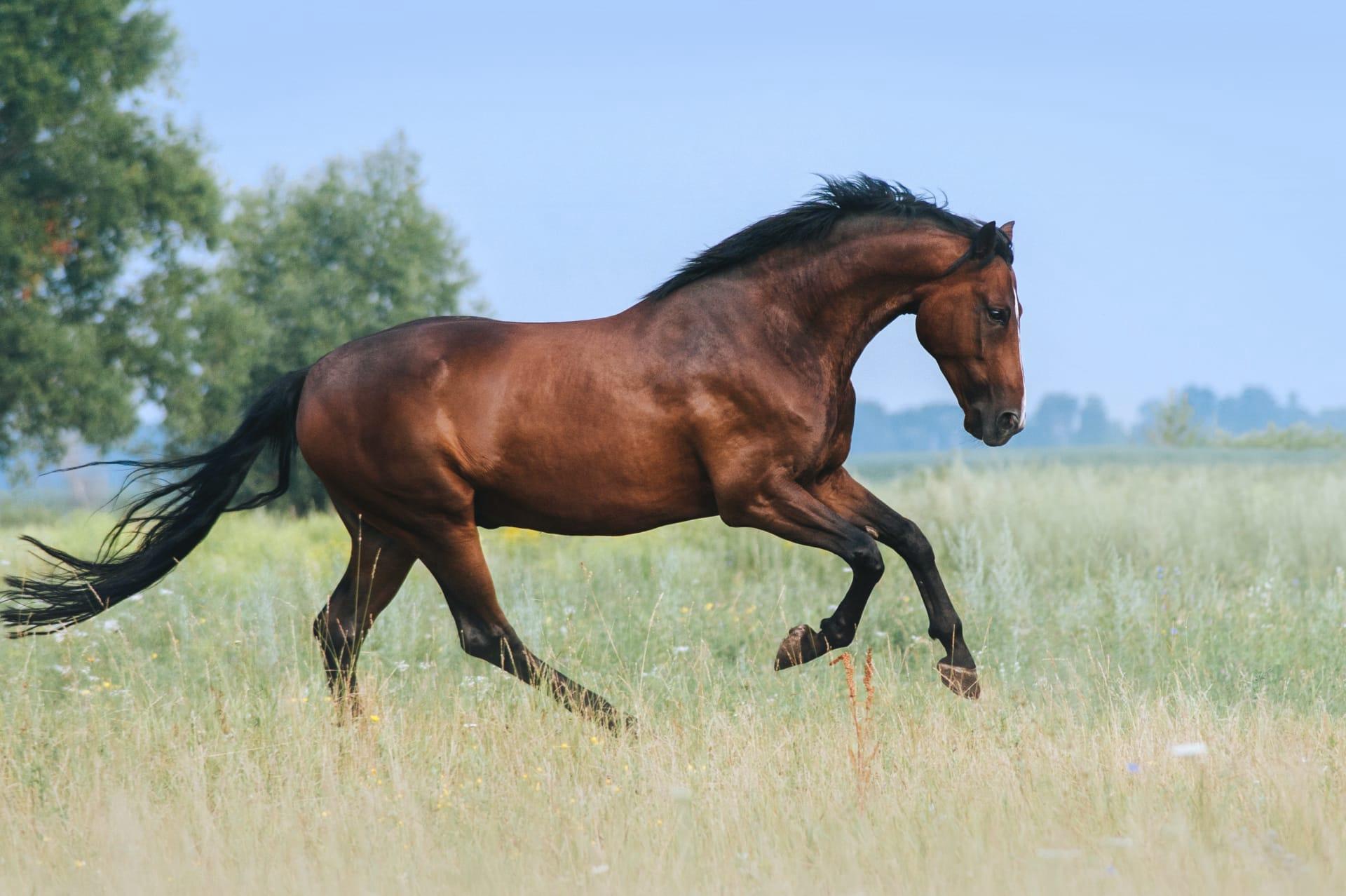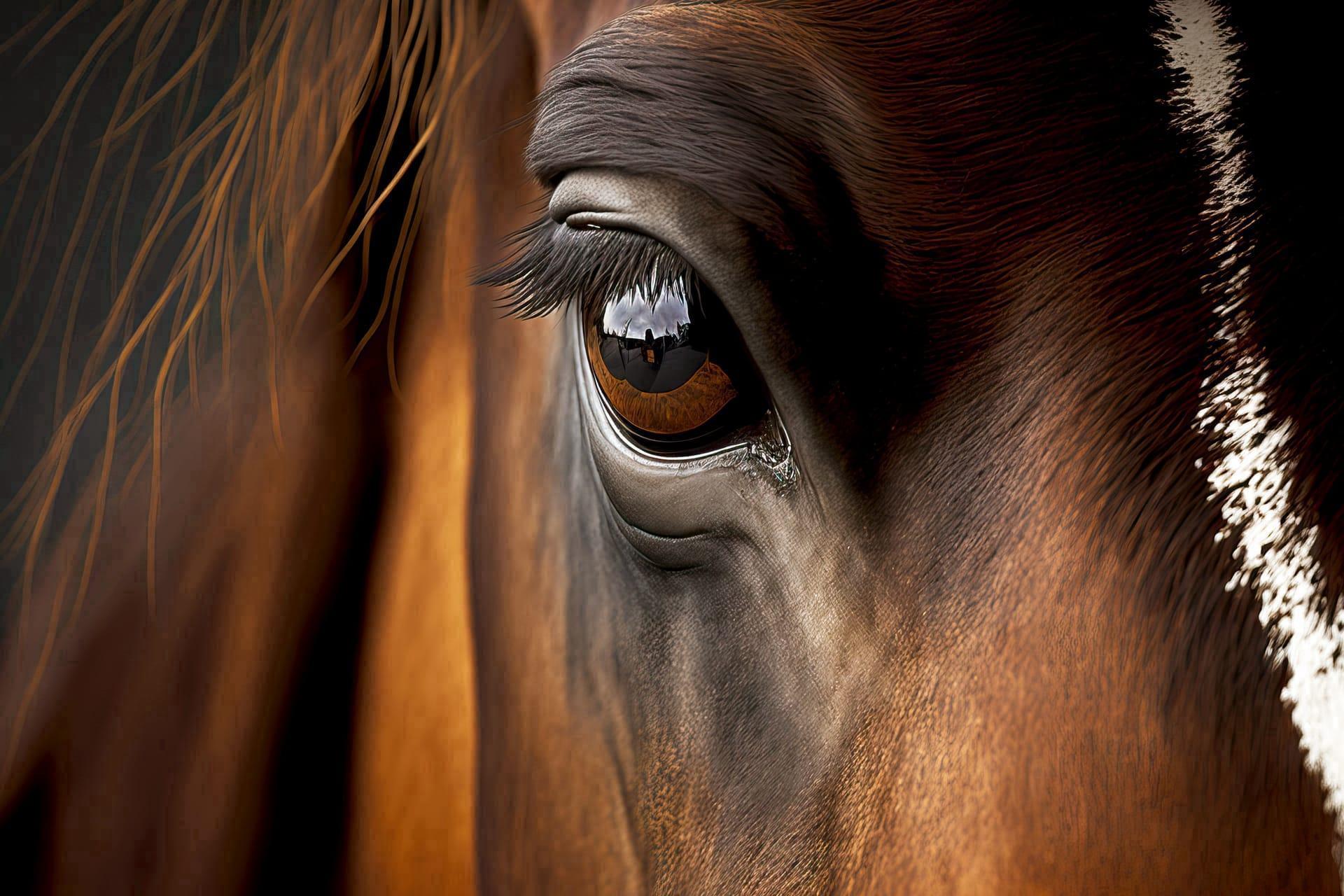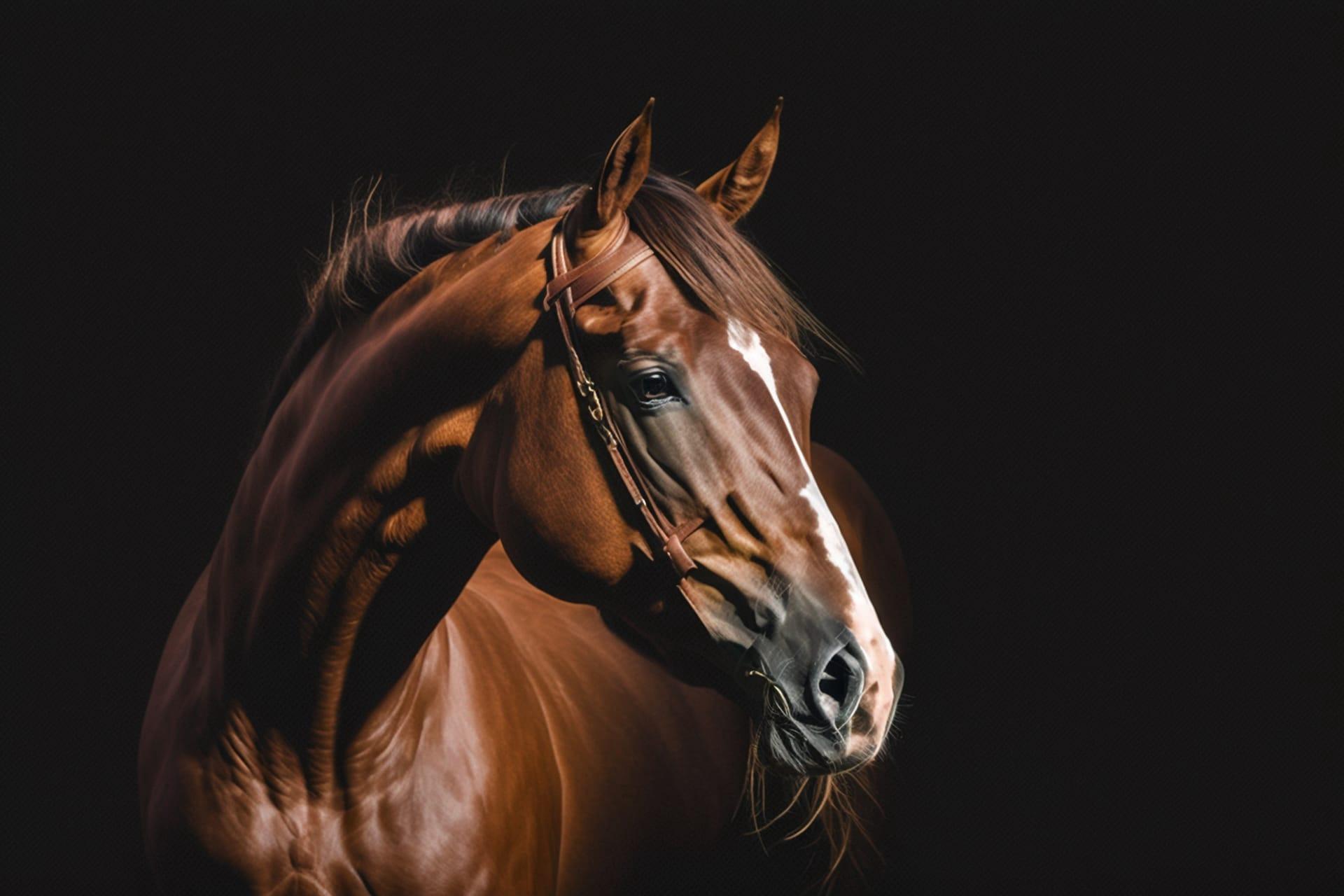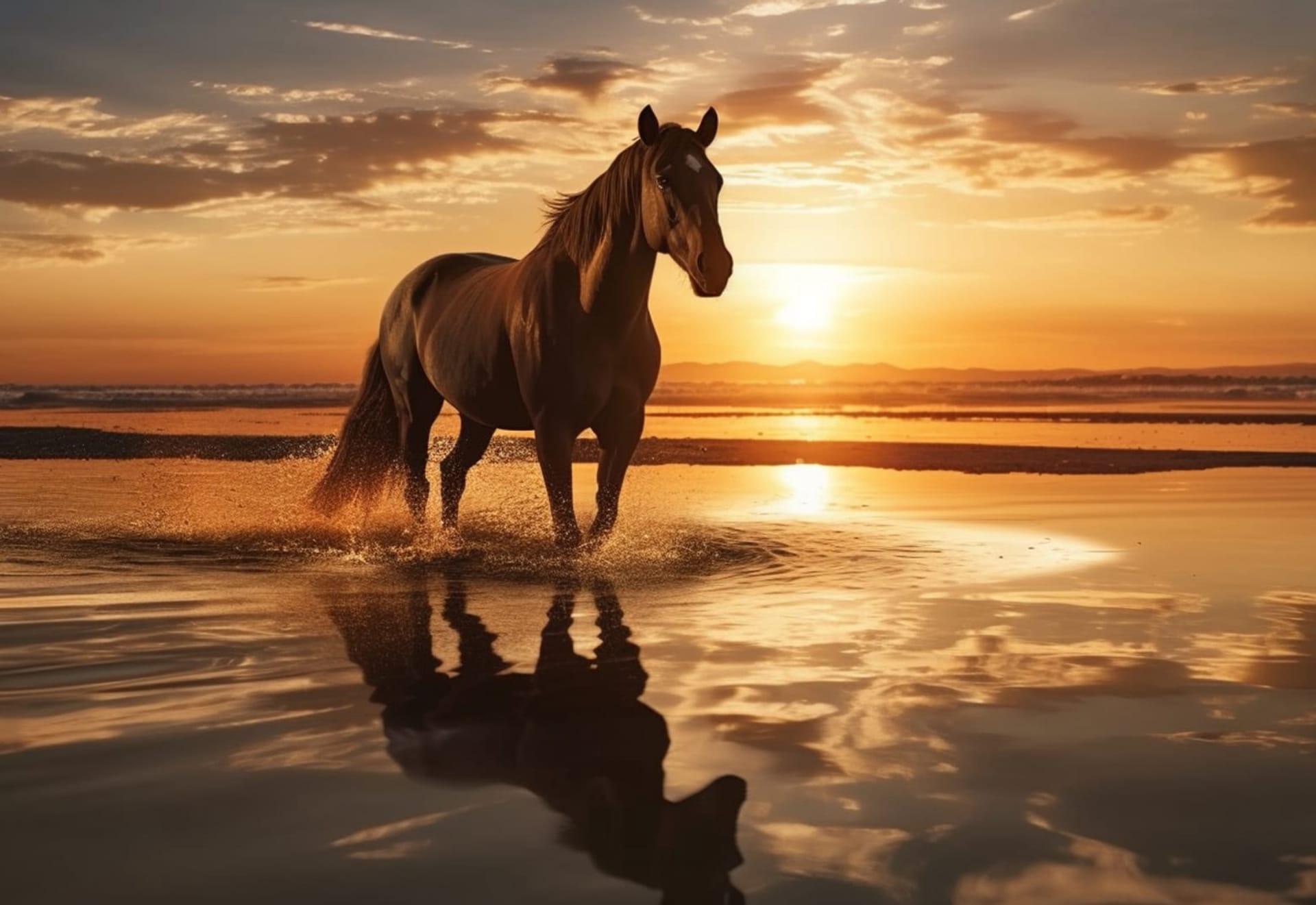1
Horses have an incredible range of vision, thanks to the positioning and size of their eyes. Being the largest of any land mammal, horse eyes are about eight times larger than human eyes. This size enables more light to enter, enhancing their night vision. Additionally, their eyes are positioned on the sides of their head, granting them a field of view of nearly 360 degrees. This panoramic view allows horses to see almost everything around them, except for small blind spots directly in front and behind them. This wide vision plays a crucial role in detecting predators and navigating rough terrain.
Horses can communicate their feelings through facial expressions, much like humans. Scientists have identified 17 discrete facial movements in horses, which is comparable to the 27 in humans. These expressions are not random; they convey a range of emotions from stress to excitement. For example, when a horse flares its nostrils, it can indicate curiosity or alertness. Ears pinned back often signal annoyance or anger. Understanding these subtle cues can significantly improve how humans interact and care for these animals, making horse-human relationships more harmonious.

2
The horse's hoof is a marvel of natural engineering. It's made up of a tough protein called keratin – the same substance found in human hair and nails. The hoof's unique structure allows it to absorb shock, carry weight, and provide traction. Each hoof has a slightly concave sole that helps in creating a suction effect, providing more grip. The frog, a V-shaped structure on the underside of the hoof, acts like a shock absorber, easing the impact on the horse's legs and body while running or jumping.
Horses have an extraordinary memory, often compared to that of elephants. They can remember complex pathways and locations even after long periods. This exceptional memory aids them in navigating vast terrains and finding resources like water and food. Their ability to recognize and remember individuals, both horses and humans, is well-documented. Horses have been shown to remember their human handlers and fellow horses even after being separated for years. This long-term memory plays a crucial role in their social structures and survival in the wild.

3
Horses can sleep both standing up and lying down. The ability to sleep while standing is thanks to a unique mechanism called the "stay apparatus" in their legs, allowing them to relax their muscles without collapsing. This trait is crucial for survival in the wild, as it enables them to quickly escape predators. When they sleep lying down, they achieve REM (Rapid Eye Movement) sleep, necessary for full rest. However, due to their size and weight, horses cannot lie down for extended periods without risking damage to their internal organs.
The horse's digestive system is highly specialized and requires continuous grazing. Unlike humans, horses are unable to vomit. This inability is due to a strong band of muscle around the esophagus and stomach junction, which makes it difficult for food to travel back up the esophagus. This peculiarity makes dietary management crucial for horses, as any digestive upset can become serious without the ability to vomit. Consequently, horses need a diet rich in fiber and frequent, small meals to keep their digestive systems functioning optimally.

4
Horses have played a significant role in human history, shaping civilizations through their contributions to agriculture, transportation, and warfare. The domestication of horses, estimated to have occurred around 4000-3500 BC in the Eurasian Steppes, revolutionized societies. They became pivotal in farming, enabling more efficient plowing of fields, and in transportation, allowing for faster travel and communication. In warfare, horses were game-changers, giving armies enhanced mobility and the advantage of cavalry units. The bond between humans and horses has evolved over thousands of years, making them one of the most significant animals in human history.
The gestation period of a horse is one of the longest among domesticated animals, lasting approximately 11 months. This lengthy pregnancy is necessary for the development of the foal, which is born quite mature and mobile compared to many other species. Newborn foals can stand and run within a few hours of birth, a vital survival trait in the wild. This ability allows them to quickly flee from predators and keep up with the herd. The first few hours of a foal's life are critical in establishing its bond with the mother and integrating into the herd.

5
Horses have a unique way of regulating their body temperature, known as thermoregulation. Their coat changes not only in length but also in density according to the seasons. In winter, horses grow a thicker coat to insulate themselves against the cold. This coat has a special structure that traps air close to the skin, acting as an insulating layer. In summer, they shed this coat for a thinner one, helping to keep them cool. Horses also have a high number of sweat glands, which assist in cooling their bodies during hot weather or intense exercise.
A horse's speed and endurance are remarkable. The fastest recorded speed of a horse is around 55 miles per hour (88 kilometers per hour), achieved by a Thoroughbred. This breed is particularly known for its agility and speed, commonly used in racing. Endurance horses, on the other hand, can travel long distances at a moderate pace, showcasing their stamina. Arabian horses are renowned for their endurance abilities, often used in long-distance competition rides that can cover 100 miles (160 kilometers) in a day. These characteristics highlight the versatility and adaptability of horses in various sporting and working contexts.